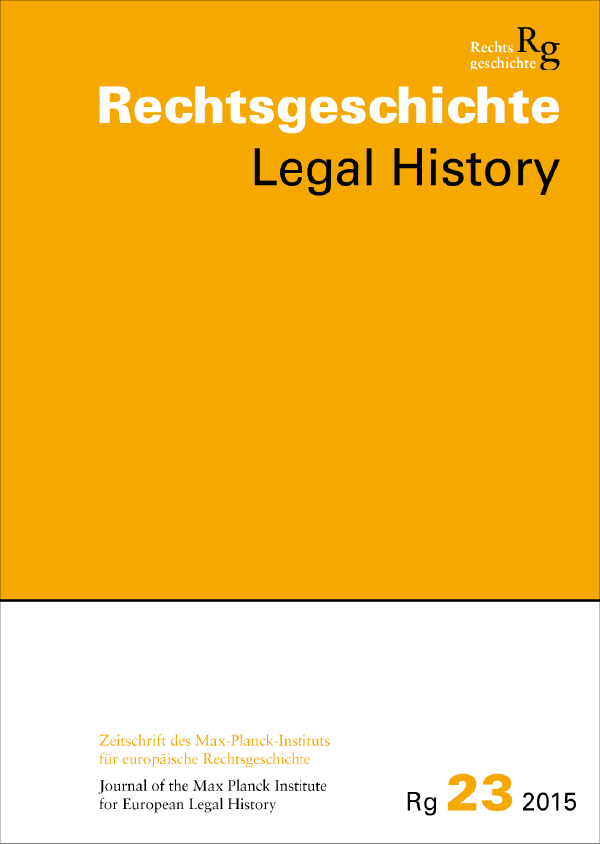Apostel Andreas vs. Apostel Petrus?
Rechtsräume und Apostolizität
DOI:
https://doi.org/10.12946/rg23/120-150Abstract
Contrary to what was previously considered to be the case, the emergence of the legend that the apostle Andreas had founded the Church of Byzantium, or rather of Constantinople, can – at the very earliest – be dated back to the closing of the 8th century (therefore, not to the 7th century, or even earlier, as has so often been claimed). The apostle Andreas (equated with the Byzantine Church) was conceived as the counterpart to the apostle Peter, upon whom, according to Matthew 16:18, the Roman Church rests. An analogue to the apostolic foundation of »Roman legal space« was created for the Eastern Church. Almost all of the texts extensively treating the so-called Andreas legend stem from the first half of the 9th century. This, of course, raises the question about the historical causes. These are seen as part of a general trend toward »apostolic foundation« of various archbishoprics in the western Mediterranean world (and in France as well). In particular in southern Italy and Sicily, whose bishoprics were subjected to the rule of the patriarchy of Constantinople after the mid-8th century, a »race« began to be elevated to archbishopric (which till then had not existed in the region). A further impulse that shaped the legend of Andreas very likely has to do with the coronation of Charlemagne as emperor (Christmas 800) – where the head of the Roman church, making use of the apostolic legitimation of sovereignty, could even appoint an emperor. After the 9th century in Byzantium, reference to the legend was much less common. Most likely, this had to do with the realisation that the historicity of the legend was simply too fragile to serve as a serious and substantial argument when dealing with the papacy (at least since the 11th century).
Downloads
Veröffentlicht
Zitationsvorschlag
Ausgabe
Rubrik
Lizenz
Copyright (c) 2015 Autor/in

Dieses Werk steht unter einer Creative Commons Namensnennung - Nicht-kommerziell - Keine Bearbeitung 3.0 International -Lizenz.





